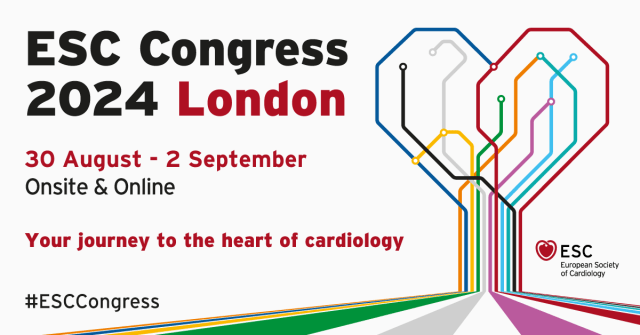European guidelines consider transcatheter therapy as an alternative for patients with secondary mitral regurgitation who are not surgical candidates (recommendation IIa). Based on this, a working group in Germany conducted a randomized, multicenter, non-inferiority study comparing mitral transcatheter edge-to-edge repair (TEER) with surgical repair.

Patients enrolled had secondary mitral regurgitation, ejection fraction greater than 20%, and remained symptomatic despite optimal medical treatment, but without associated valve disease.
Regarding the primary efficacy endpoint, which included a composite of death, heart failure (HF) rehospitalization, mitral reintervention, stroke, or ventricular assist device implantation, there was an advantage for the TEER arm, with greater event-free survival (odds ratio [OR] 0.69, 95% confidence interval [CI] 0.33-1.44; p-non-inferiority <0.001).
In the safety evaluation, considering major adverse events (MAE) at 30 days, 54.8% of patients in the surgical group experienced MAE, compared to 14.9% in the TEER arm.
The study concluded that transcatheter therapy was noninferior in terms of clinical efficacy and showed a superior safety profile. Therefore, the authors suggest that this option should be considered for patients with secondary mitral regurgitation who are eligible for surgery, regardless of surgical risk.
Presented by Volker Rudolph at the Hot-Line Sessions, ESC Congress 2024, August 30-September 2, London, England.
Subscribe to our weekly newsletter
Get the latest scientific articles on interventional cardiology





